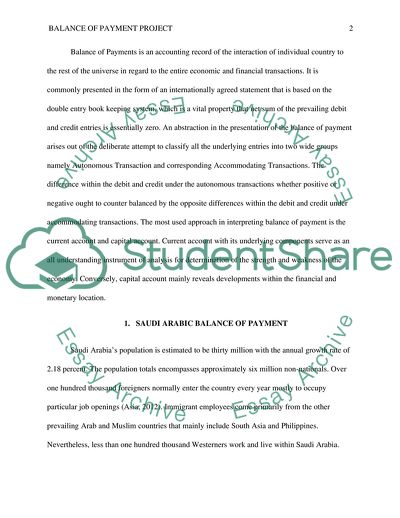Cite this document
(Balance of Payments Essay Example | Topics and Well Written Essays - 2250 words, n.d.)
Balance of Payments Essay Example | Topics and Well Written Essays - 2250 words. https://studentshare.org/macro-microeconomics/1826785-balance-of-payments
Balance of Payments Essay Example | Topics and Well Written Essays - 2250 words. https://studentshare.org/macro-microeconomics/1826785-balance-of-payments
(Balance of Payments Essay Example | Topics and Well Written Essays - 2250 Words)
Balance of Payments Essay Example | Topics and Well Written Essays - 2250 Words. https://studentshare.org/macro-microeconomics/1826785-balance-of-payments.
Balance of Payments Essay Example | Topics and Well Written Essays - 2250 Words. https://studentshare.org/macro-microeconomics/1826785-balance-of-payments.
“Balance of Payments Essay Example | Topics and Well Written Essays - 2250 Words”. https://studentshare.org/macro-microeconomics/1826785-balance-of-payments.


